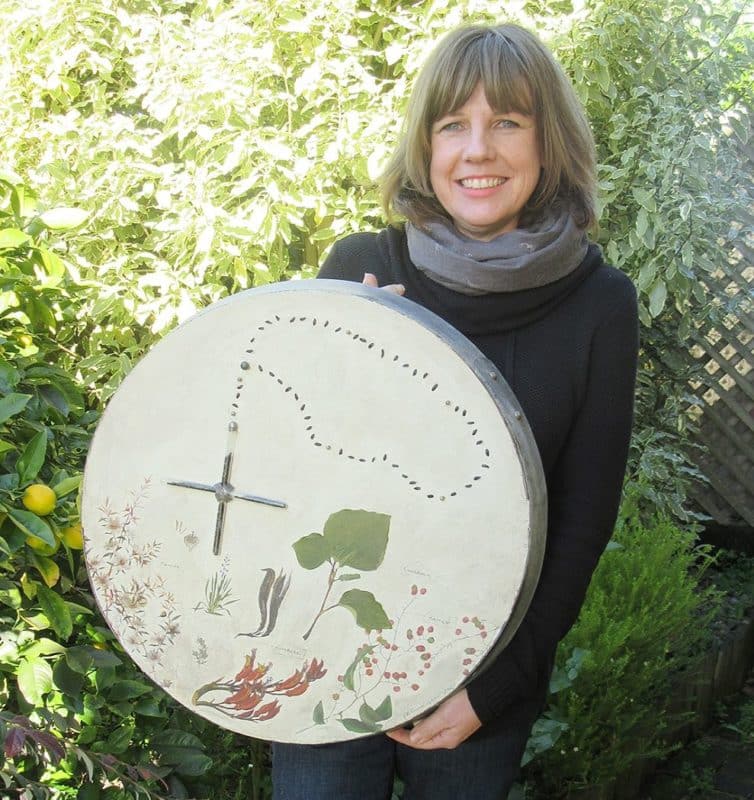Suzanne Aubert’s medicines were the inspiration for six works by Whanganui artist Emma Cunningham, that were made available for viewing recently.
The works were exhibited at Space Studio and Gallery during the first two weeks of June.
Born in Waverley, north of Whanganui, Mrs Cunningham first heard of Suzanne Aubert when boarding at Sacred Heart College in Whanganui. Having an awareness of, and respect for, the environment and native flora, she took an interest in Suzanne’s use of native plants for her medicines.
“I am fascinated by her story and how she used her family inheritance to buy a farm at Hiruharama (Jerusalem) on the banks of the Whanganui River,” Mrs Cunningham said.
On the hills above this settlement, Suzanne developed and oversaw the complicated procedure of making effective medicines. She used locally available plants and applied the knowledge of chemistry which she had accumulated.
She kept the recipes to herself, and even the other sisters never knew the complete process she used.
Wellington’s Evening Post described the medicines as “the chief proprietary medicine of New Zealand”. Some 10,000 bottles were sold within the first three months of production in Wellington alone! However, in 1894, when it was discovered that Kempthorne and Prosser – who were commercially manufacturing her remedies – were diluting the concentrate to keep up with the demand, this led to a court hearing which upheld Suzanne’s case. Deeply pained at what happened, it has been said that she placed the recipes into the river to protect Maori knowledge.
A regular exhibitor, this was Mrs Cunningham’s first exhibition about Suzanne Aubert, giving an important insight into the remarkable life and work of New Zealand’s saint-in-the-making and he wahine whakapono nui (A woman of great faith).
The title of each piece is taken from the most common herbal remedies of Marupa, Karana, Natanata, Paramo, Hapete and Romino. Plants that were used in the medicines are depicted in each work.
“They are contemporary sculptural works involving collage, varnish on wood with a galvanized steel frame,” Mrs Cunningham said.

Reader Interactions